This is a continuation of an informal test of the $167 Viltrox 35 mm f/2 lens on a Sony a7RII camera. For comparison, I’ll be showing some images from the Sony RX1 with its native — and exemplary — 35 mm f/2 lens. The test starts here.
This is the overall test scene:
In the center, with the Viltrox, at f/2.8, at about 200%:
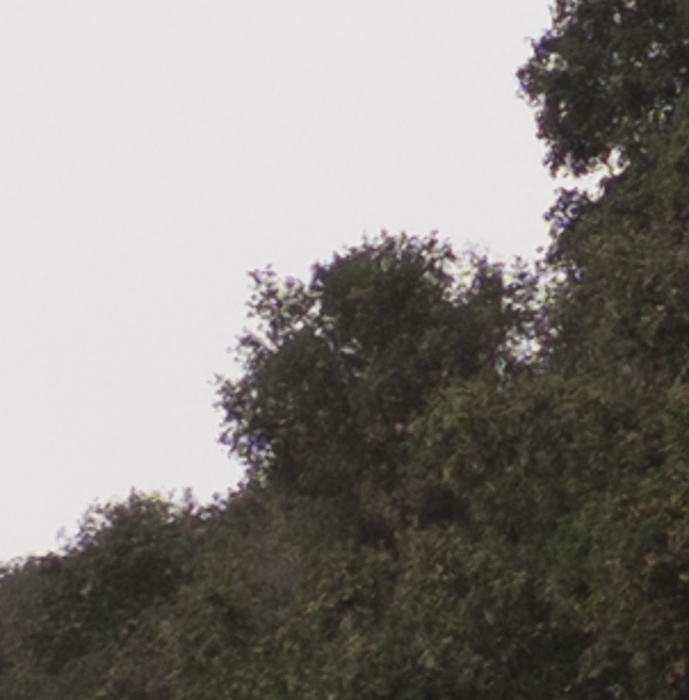
Pretty darned sharp, and the LoCA is less apparent than at f/2.
Now with the RX1, enlarged a bit more to account for the difference in pixel pitch between the two cameras. The angle of view is maintained. This, and the AA filter on the RX1, puts that lens at a disadvantage.
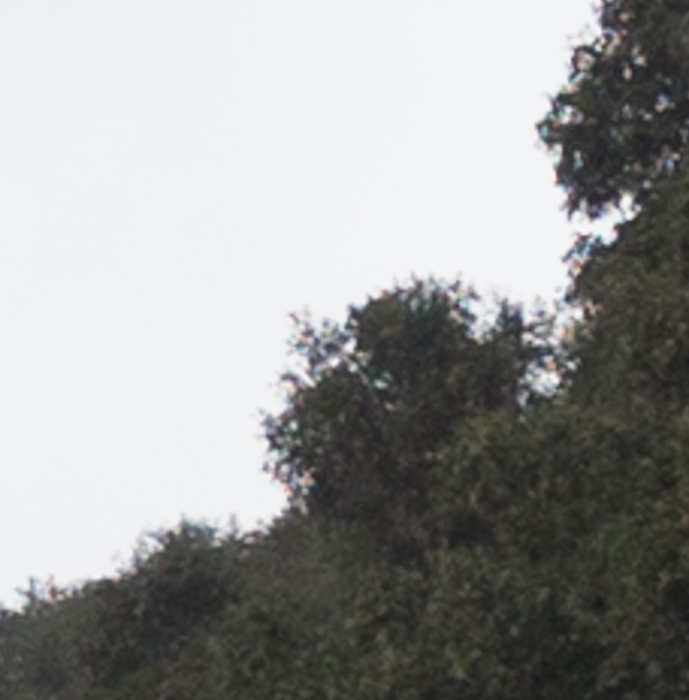
My guess is that the slight fuzziness on the RX1 image as compared to the a7RII image is due to the AA filter and the coarser pixel pitch, not the lens itself.
Now the upper right corner with both lenses.

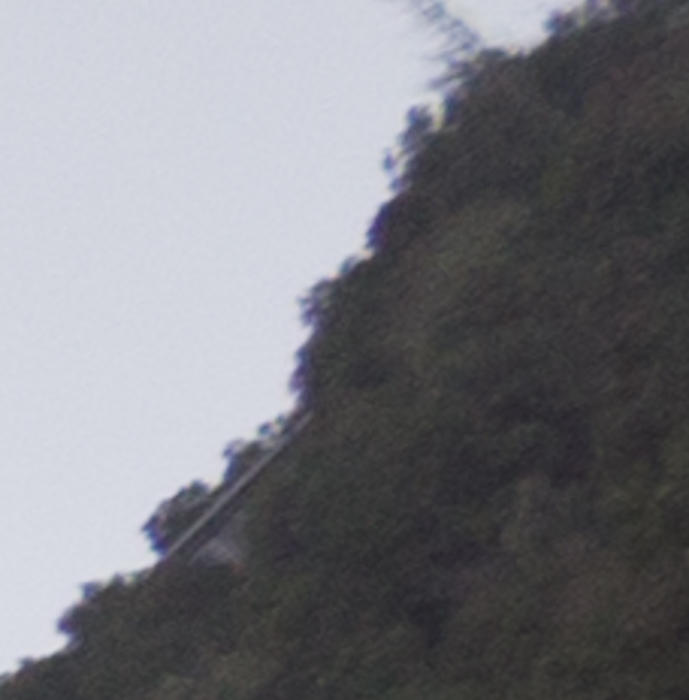
The additional depth of field (DOF) provided at f/2.8 over the f/2 of the previous test is not enough to overcome the strong filed curvature of the Viltrox lens. There is less corner falloff than there was at f/2, but still substantially more than the RX1 lens.
If we focus the Viltrox on the upper right corner, the distance scale says 10 feet! In that case, the corner looks like this:

It is nowhere near the Sony RX1 lens sharpness, but it’s not as awful as the image focused at the center,m either.
I’ll spare you the lower left corner images, since they are essentially the same as the upper right corner ones. By the way, that sameness indicates that both lenses are probably properly assembled.
At f/4, in the center:

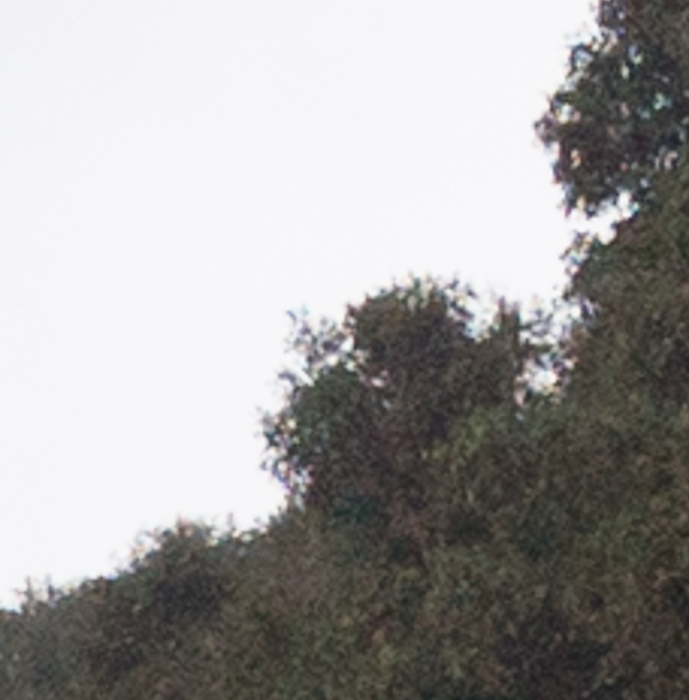
Both lenses’ sharpness at f/4 is about the same as that at f/2.8. As we stop down we weill just see the effects of diffraction in the center of the field.
In the upper right corner at f/4:

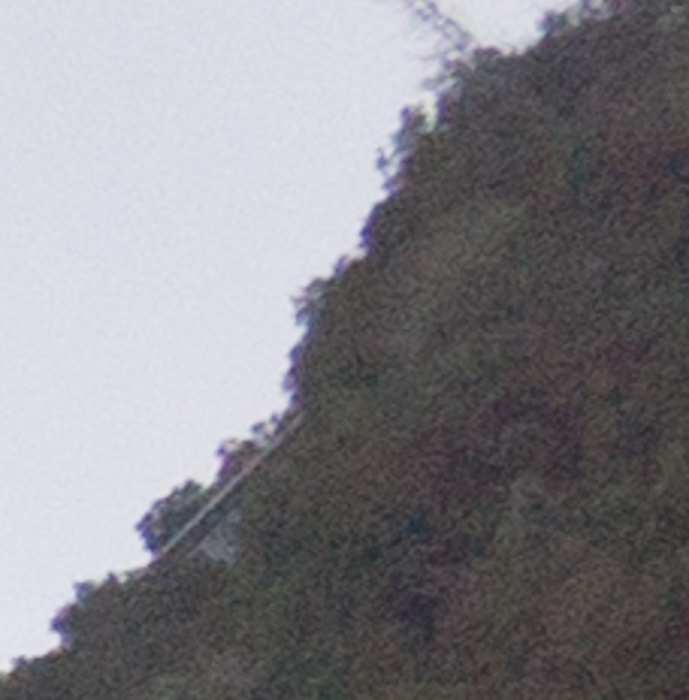
Even f/4 is not enough to overcome the field curvature of the Viltrox.
If we focus on the upper right:

Better, but still not a match for the RX1.
I won’t show you any more center-field images as the lenses are stopped down, since all you’d see is diffraction setting in on both lenses. I will show you the upper right corner with the Viltrox, but with the lens focused in the center, and in the upper right corner.




Wow! That’s really strong field curvature. I don’t think I’ve seen anything like this before.


The Viltrox sure isn’t going to be a decent landscape lens.
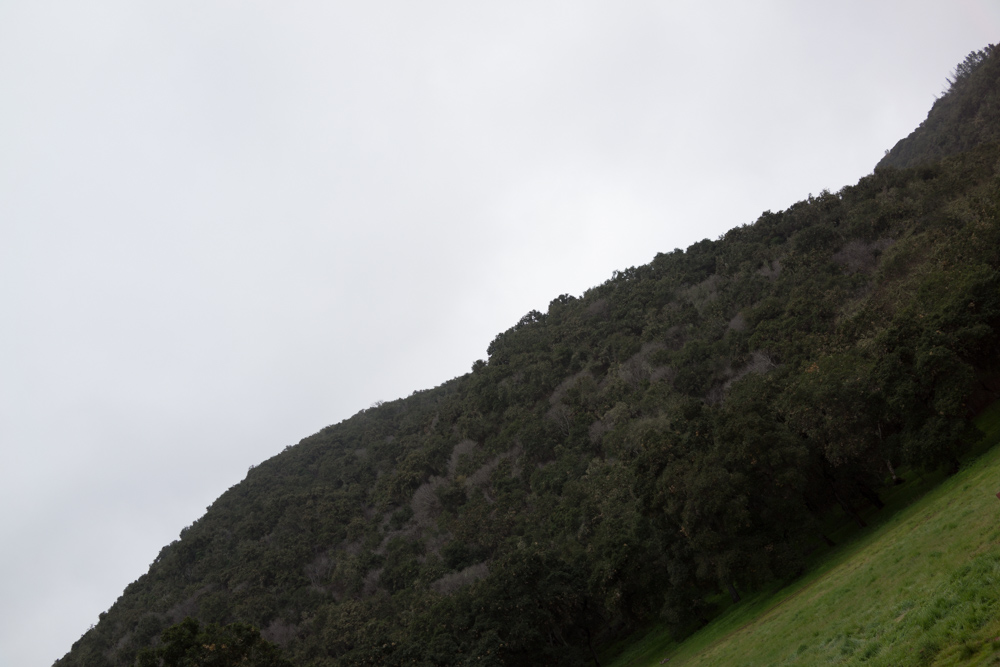
Shame about the extreme field curvature – otherwise this could have even a nice lens to have! I don’t mind a bit of FC, as long as I can take a landscape at f/8 with good edges and OK corners. This is out of control, like using my Contax G 28mm f/2.8 Biogon on my A7.